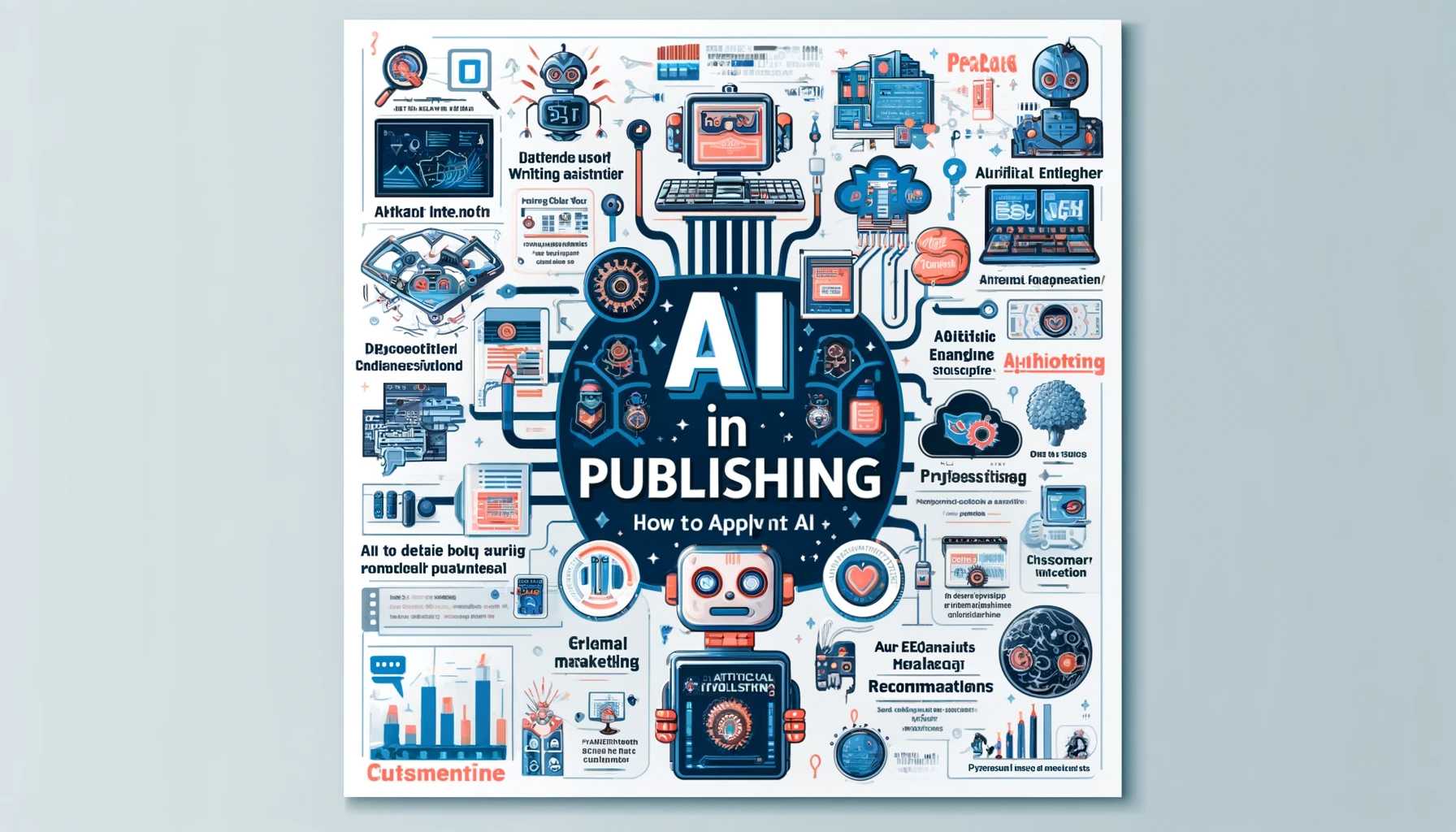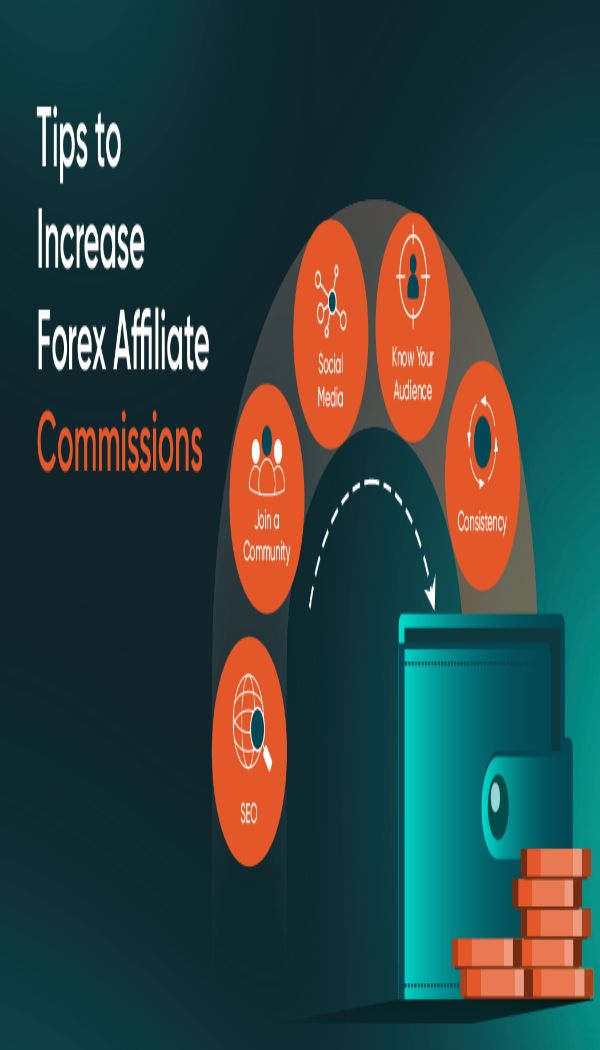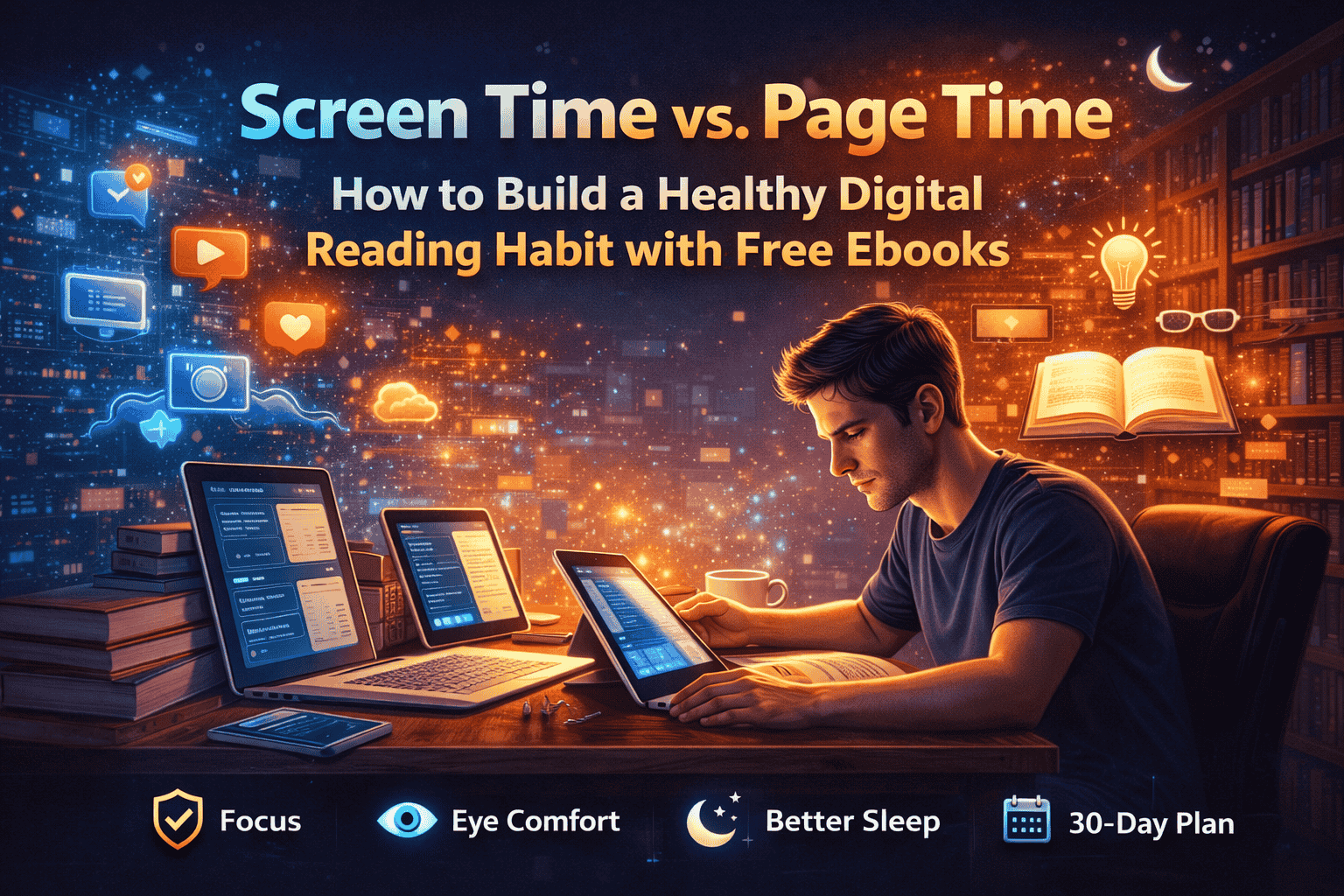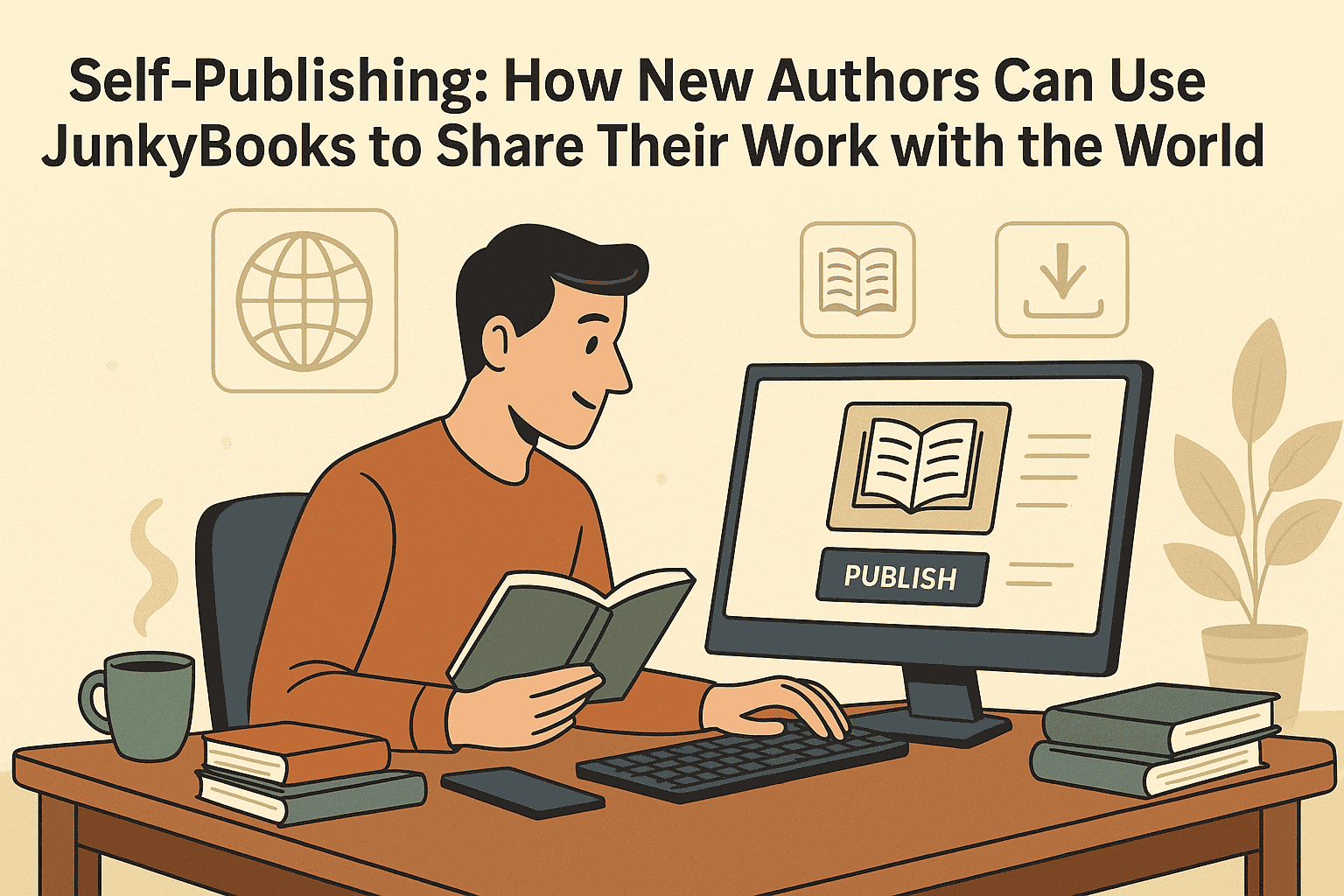AI IN PUBLISHING: HOW TO APPLY AI TO THE WORLD OF BOOK PUBLISHING
Being able to adjust to the constantly evolving technologies, trends, and, of course, the effects of artificial intelligence is essential in this fast-paced, digitally connected world. This also holds true for the publishing sector.
However, flexibility does not imply negativity.
Conversely, though.
Adapting to AI developments involves honing your process automation skills while maintaining the human touch that authors require and concentrating on business development.
With the growing popularity of AI book publishing, the environment of content generation, distribution, and marketing is undergoing a tremendous upheaval.
Thus, how may AI be used in publishing?
Publishers: Using Artificial Intelligence in Book Publishing
AI presents previously unheard-of opportunities to help book publishers at every step of the publishing process, including selecting, distributing, and advertising their books. How to do it is as follows:
- Topic selection and audience focus
Publishing's future is today. Large volumes of data, such as reader preferences, industry trends, and past sales data, can be analyzed by AI algorithms, which can then be used to help publishers make editorial decisions and find possible bestselling subjects or genres. Publishers can assist in the selection process and provide personalized content by utilizing AI algorithms to estimate which manuscripts are likely to do well in the market.
Decisions on acquisitions, content strategies, and distribution methods are guided by this data-driven methodology.
AI algorithms, for instance, can predict the popularity of a book or other content based on the author, the genre, and consumer demand. This lowers the risk involved in acquisitions and guarantees that money is invested in ventures that have a better chance of succeeding.
In terms of distribution, artificial intelligence is vital to the book publishing industry. Publishers can analyze reader access and usage statistics to optimize distribution strategies. This could entail choosing the best platforms, fine-tuning pricing policies, or adjusting marketing campaigns to target the appropriate demographic through the appropriate channels.
AI can discover target audiences for particular publications by analyzing demographic data, social media trends, and consumer behavior. Publishers can take use of this information to tailor their marketing strategies and reach potential readers more effectively.
Instruments for this phase:
- Nielsen BookScan: Provides information on book sales to assist publishers in identifying target markets and analyzing market trends. To create thorough reports on book sales, Nielsen BookScan gathers point-of-sale data from a variety of retailers, including bookshops, internet merchants, and other venues.
- OpenAI's GPT-3: To help publishers choose their next best-selling books, language models such as GPT-3 can help analyze market patterns and provide samples of well-selling novels.
- Quantifind: Identifies target audiences and market trends by utilizing artificial intelligence to evaluate social media trends and consumer behavior. It offers insights from unstructured data sources, including textual information from news stories, customer reviews, social media, and other internet content.
- Meltwater: an AI-driven platform for media intelligence that targets audiences and analyzes markets. Meltwater enables users to monitor news articles, social media conversations, and online content from various sources. Users can set up customized searches, track brand mentions, analyze media coverage, engage with influencers, and gain valuable insights into their brand's reputation and competitive landscape.
- Proofreading and editing
Publishers can expedite the editing process by using AI-powered editing and proofreading tools that can detect irregularities in grammar, spelling, and manuscript structure. This not only improves the quality of the content but also reduces the time and resources required for manual editing.
“Note: Many publishers use a hybrid approach to combine the speed of AI with the creativity and quality of human editors. AI in publishing is revolutionary, but some procedures still need to pass the human check”.
Instruments for this phase:
- Marlowe: Marlowe is an AI critique partner. In just fifteen minutes, it provides thorough feedback that examines character development, story arcs, pacing, and other aspects. It will identify any repetitions or inconsistencies in the manuscript.
- Grammarly: A writing aid driven by artificial intelligence that verifies grammar spelling, punctuation, and style mistakes.
- ProWritingAid: Offers suggestions for improving style, readability, and consistency in writing.
- Repurposing book formats
Even the development and repurposing of content can benefit from AI in publishing. Publishers can now reduce production time and costs by turning their already published ebooks into audiobooks. Plus, they can produce book covers more quickly thanks to generative AI.
Systems that use text-to-speech (TTS) are excellent illustrations of how AI is changing things. These systems convert written text into spoken words via Natural Language Processing (NLP) techniques.
Instruments for this phase:
Currently, each of the Big Five book retailers—Amazon, Kobo, Apple Books, Google Play Books, and Barnes & Noble—has created a digital narration feature of their own. This implies that audiobooks can be created from ebooks that are shared over these channels.
- Strategies for dynamic pricing
If applied properly, AI has a significant potential role in publishing. To suggest the best book price methods, AI, for instance, can evaluate pricing data, rival pricing tactics, and market demand. To optimize income and profitability, publishers can dynamically modify prices in response to a range of factors, including demand, seasonality, and competition activity.
“Penguin Random House determines the beginning print run of printed books and the selling price of ebooks using artificial intelligence and machine learning: For over ten years, Penguin Random House has worked with artificial intelligence in various contexts and nations. Our main focus has been machine learning, which is used, for instance, to establish the price at which an e-book will be sold or to establish the initial print run of printed materials.”
Instruments for this phase
“Wiser: Dynamic pricing and assortment optimization software driven by AI that optimizes price strategies by taking rival pricing and market demand into account. Real-time analysis of market trends, competition pricing, customer behavior, and other pertinent aspects is conducted by the platform through the use of sophisticated algorithms and machine learning.”
- Sentiment analysis and social media
Artificial intelligence (AI)-enabled sentiment analysis systems can track online discussion boards and social media sites to determine how readers feel about a given book. With this data, publishers can better target their marketing campaigns, spot possible problems before they become serious ones, and interact with readers.
Instruments for this phase
“Sprinklr is an AI-driven social media management tool that tracks brand mentions and audience sentiment through sentiment analysis. By utilizing artificial intelligence and machine learning technologies, Sprinklr helps businesses optimize their social media strategies to increase audience engagement, boost customer satisfaction, and accomplish marketing goals across multiple social media channels. It also automates tasks and delivers actionable insights.”
- Improved handling of inventories
This capacity enables publishers to anticipate demand and adjust their content strategy accordingly, keeping them ahead of the curve. Publishers may choose to focus on purchasing and promoting novels in the historical fiction genre, for instance, if data indicates an increasing interest in this genre. By being proactive, you lower the chance of creating content that doesn't find a market.
For publishers, controlling inventories effectively is of utmost importance. Predictive analytics powered by AI helps publishers generate or buy the optimum amount of books to fulfill anticipated demand, which helps with inventory level optimization. This reduces the possibility of overstocking or under stocking, which can both be expensive.
Concluding
By giving publishers access to strong tools for predicting market trends, analyzing reader preferences, and optimizing content strategies for maximum impact, artificial intelligence is transforming the publishing sector.
Publishers have never-before-seen opportunity to streamline their processes and improve the reading experience for customers thanks to the introduction of AI into the publishing industry.
Publishers may use AI-powered tools like generative AI, natural language processing, and real-time analytics to make data-driven editorial decisions, customize marketing campaigns, and simplify content creation. The publishing process needs to retain a human touch to ensure that originality and quality stay at the forefront of the industry's progress, even while AI increases efficiency and effectiveness.
The future of publishing has enormous promise for innovation and growth in the ever-changing digital ecosystem, especially with AI as a strategic ally.









